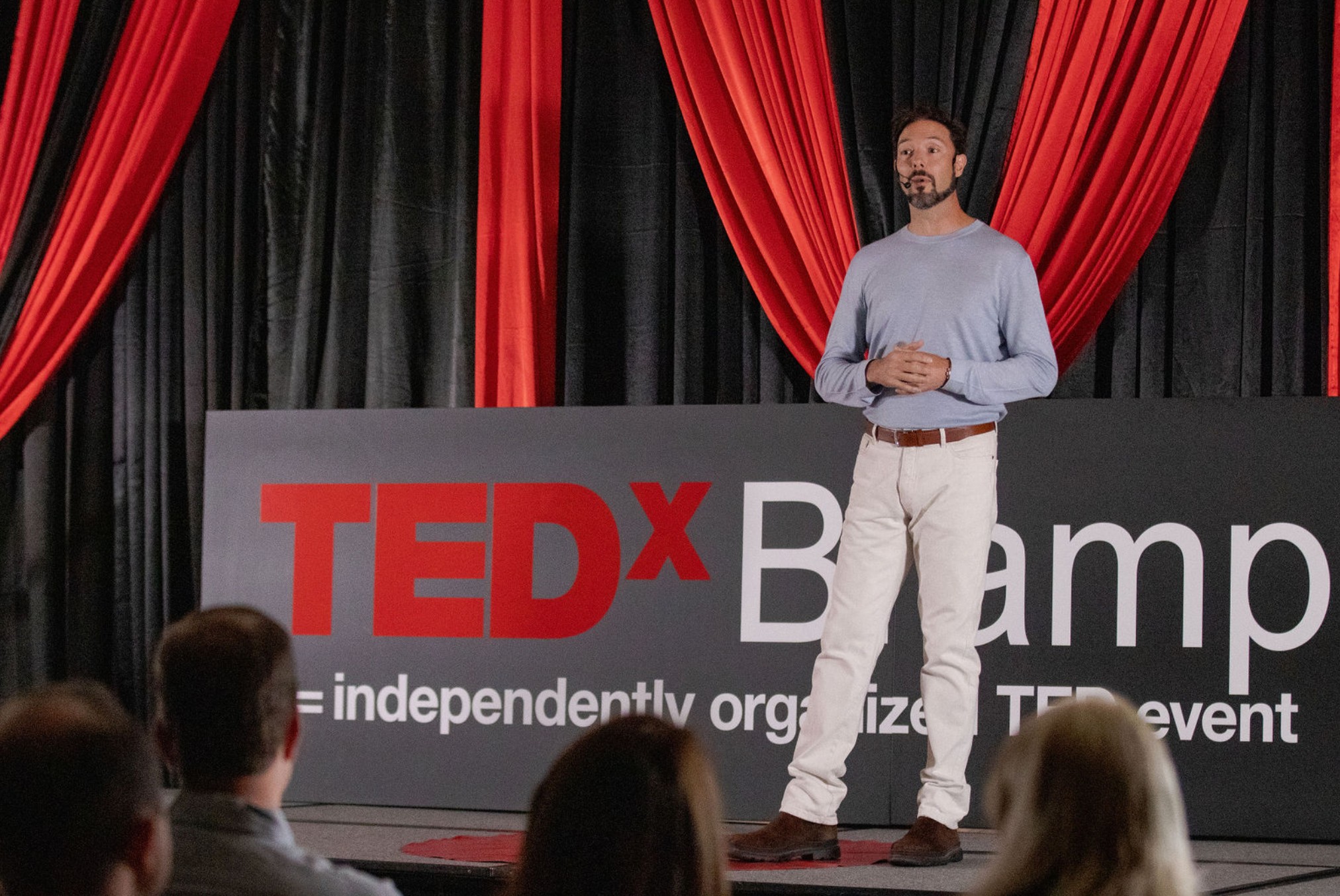“Long term consistency trumps short term intensity”.
– Bruce Lee
Try this thought experiment: imagine I want to give you some money. Awesome, right? And imagine I were to present you with 2 payment options.
Option 1: I give you 1,000 dollars right now.
Option 2: I give you 1 cent right now, but I double it every day for 30 days.
Which option sounds better?
If you guessed it was a trick question and option 2 is somehow better, then you’re right.
Want to take a guess at how much money you’d have after one month of 1 cent being doubled daily? Around a billion dollars.
Sounds absurd right? How can something so small eventually transform into something so big? Welcome to the wonderful world of Incrementalism (one of the best “isms” in my opinion). So what is it? It’s a certain mindset to help you accomplish things.
When it comes to getting things done, there are generally two ways to go about it.
One is the Classic strategy, in which the goal is to have the result completed in the shortest amount of time, with several high energy bursts of output. Imagine a weightlifter going for a PR lift.
The other is the Incremental strategy, in which the goal is to have the result accomplished on a longer time scale, with a series of small, consistent efforts. In the weightlifting analogy, the incrementalist might lift 10 lbs. once each hour, for 10 hours. The key word in that description is “consistent”. The magic of approaching accomplishment by incremental gains, is that you are only putting out relatively small bursts of output, which is quite sustainable.
However, it comes with a disclaimer: it takes quiet, committed discipline to consistently do small things in pursuit of your goal.
And, quite frankly, it’s harder to remember and commit to consistently doing small things, often because it doesn’t feel as glamorous as the “one big push” approach.
You can’t just ride the swell of adrenaline you get when you attempt to accomplish something in one great swoop. When you try to conquer the mountain in one single sprint, you have the benefit of feeling quite energized at the onset, because you know that you’re about to attempt something difficult. Often, it feels heroic, maybe even noble.
But once you hit your fatigue point, the excitement dies off a little. Now you’re exhausted and you’re only halfway up the darn thing.
The incrementalist approach would be to hike the mountain rather than sprint it. To cover the distance by going only a mile at a time and then resting for a few minutes, before going on to the next mile. When both people get to the top of the mountain, the sprinter will probably be gasping for oxygen, while the incrementalist will just be winded.
And what if they both had to climb another mountain, right then and there?
That sprinter would be in real trouble…
These two strategies can be applied to any conceivable challenge or goal we may have, as long as it involves something quite substantial and difficult to change.
So how do we actually implement this?
Well, here are a prescription:
First, find the smallest component of progress and do that, then…commit to consistency.
Incrementalism doesn’t work unless you commit to routinely making your next bit of progress. Even if it seems like it’s too insignificant to make a difference, disciplining yourself to do something on a regular basis is the only way to reap the benefits of an incrementalist approach. So sketch out the smallest section of progress you could make towards your goal, then schedule in that activity and prioritize doing it.
So let’s summarize:
The Classic strategy to achieve a goal is to try to knock it out in several big chunks of high intensity effort. While effective in certain contexts, often times this can put us and our dreams at risk for premature burnout.
An Incremental strategy is to tackle the challenge one small, consistent step at a time. It’s difficult for us to maintain a high intensity for long periods of time, but relatively simple to maintain a low intensity for long periods of time. The key is to make what we do as efficient as possible so that we’re getting the most ROI on our energy expenditure. This strategy usually takes slightly longer, but in the end is massively more effective and sustainable.
Remember what Bruce Lee said: “Long term consistency trumps short term intensity”.
While both approaches have their place, more often than not, what makes or breaks us is the little things we do consistently. Pay attention to those little things you do often and make sure they’re aligned with where you want to go then watch the magic happen!
Challenge:
Here’s a set of practical challenges that you can do today, to improve the items discussed in this article:
- Try doing 1 burpee first thing when you wake up and last thing before you go to bed. Add 1 burpee to each session each day for 1 month. By the end of the month, you’ll be shocked how strong you are and how easy it was to get there.
- Stop drinking things with sugar in them for today. Go on a liquid sugar fast on this day next week and keep up that pattern for a month. See if you feel better or worse at the end.




